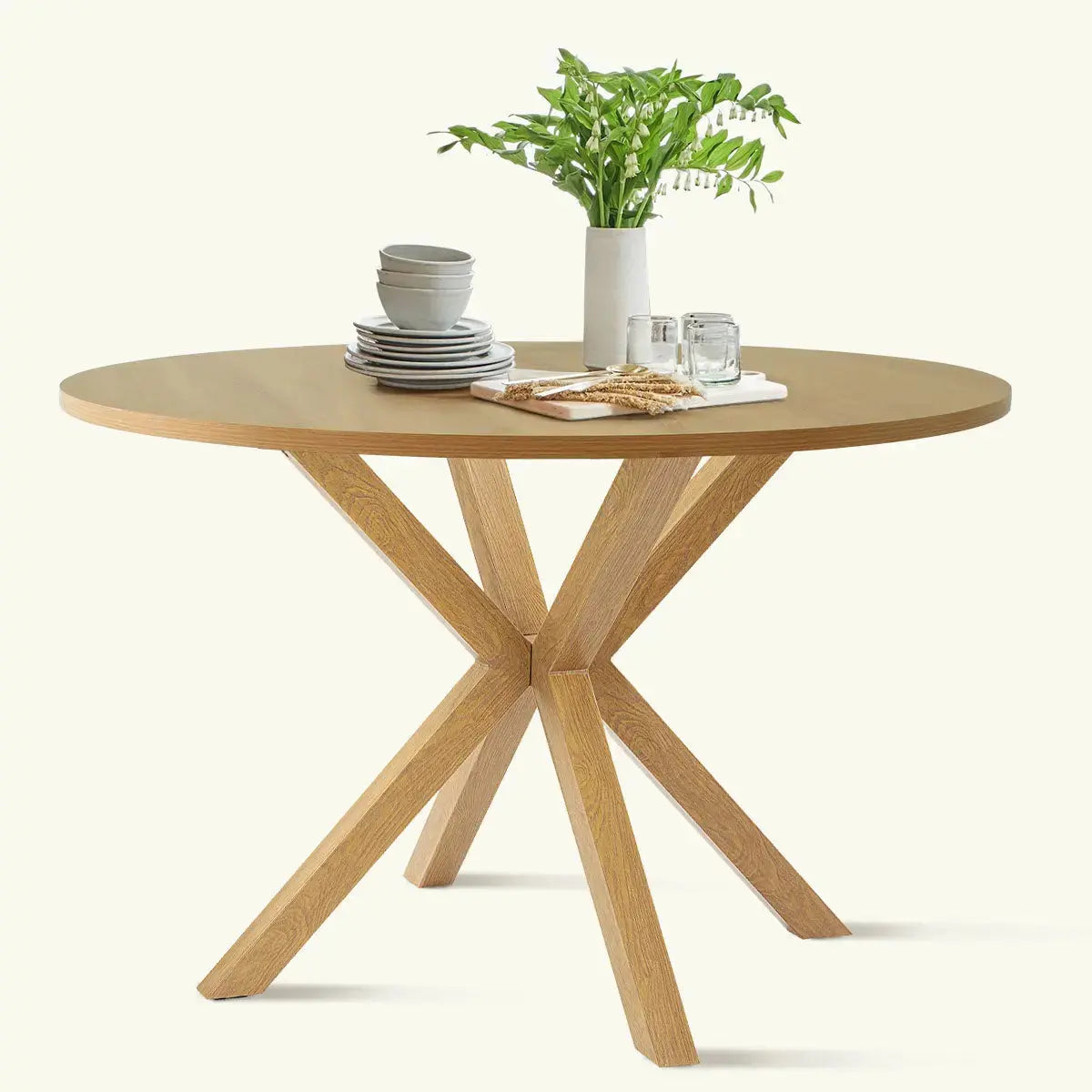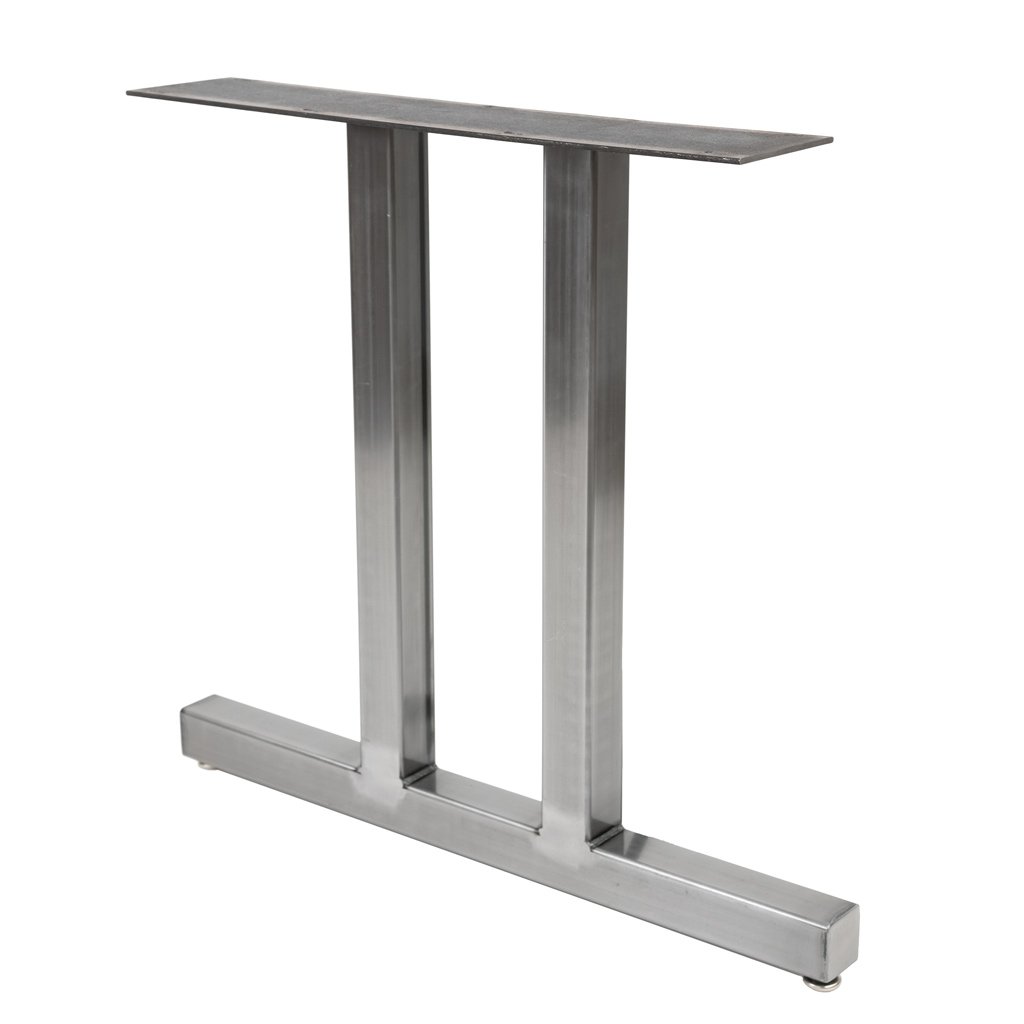Upgrade Your Furniture with Custom Dining Room Table Legs
Upgrade Your Furniture with Custom Dining Room Table Legs
Blog Article
From Standard to Modern: Locate the Suitable Dining Space Table Legs for Your Style
While traditional layouts such as cabriole and turned legs evoke a feeling of timeless class, modern designs like hairpin and geometric choices present an opportunity for striking aesthetic passion. As you think about these elements, the question remains: exactly how can you seamlessly integrate these diverse leg styles to develop an unified dining experience?
Recognizing Table Leg Styles
The range of eating room table leg designs can significantly influence both the visual appeals and performance of the room. Each leg design contributes special visual elements and useful features, accommodating varied style choices and use requirements. Understanding these styles is crucial for choosing the ideal dining table that straightens with your total interior style vision.
For example, tapered legs provide a clean, classic appearance that can enhance a space's style, while pedestal bases supply security and make the most of legroom, making them ideal for smaller rooms. Hairpin legs, a hallmark of mid-century contemporary design, introduce a commercial style, permitting an airy, open feel. Likewise, trestle legs evoke rustic charm, offering durable support and a sense of timelessness.
Wooden legs can bring warmth and structure, whereas metal options frequently share a streamlined, modern vibe. Ultimately, understanding table leg designs is crucial for developing a natural dining area that mirrors individual style while ensuring functionality and comfort.
Typical Table Leg Options
When selecting dining-room table legs, traditional options typically symbolize timeless elegance and workmanship. These designs show an abundant heritage and a dedication to top quality, making them suitable for those that value traditional visual appeals.
Among one of the most iconic traditional leg styles is the cabriole leg, identified by its graceful curved form. This design often features ornamental makings and is most typically found in Queen Anne and Chippendale furnishings. Another popular alternative is the transformed leg, which boasts a collection of smooth, rounded shapes that provide a timeless appearance while maintaining security.
Moreover, the straight leg, while basic, provides a sturdy and basic framework that can mix effortlessly with a range of tabletop designs. For those attracted to ornate describing, claw-and-ball feet legs stimulate a feeling of magnificence and can work as a sensational centerpiece in any eating room.
Last but not least, stand bases, although not purely legs, offer a different traditional alternative that allows for adequate legroom and can be perfectly sculpted. Each of these conventional leg styles adds to the general setting of a dining-room, weding function with visual charm.

Modern Table Leg Layouts
Modern table leg layouts use a varied variety of designs that stress tidy lines and innovative materials. These layouts usually focus on functionality while offering as striking prime focus within a dining area. Minimal looks prevail, with legs crafted from materials such as steel, glass, and engineered timber, which add to a ventilated and contemporary feeling.
One prominent style is the hairpin leg, characterized this contact form by its slender, conical structure that provides security without overwhelming the tabletop (dining room table legs). This style is typically found in mid-century modern furniture and can easily match different dining table forms. An additional trend is the use of geometric shapes, where legs may tackle asymmetrical or angular types, adding visual interest and a touch of creativity

Mixing Styles for Unique Rooms
Usually, house owners seek to produce unique eating rooms that reflect their personal style by mixing different layout aspects. This approach enables the incorporation of diverse aesthetic appeals, causing an unified yet distinct environment. Matching a rustic wood table with smooth, modern steel legs can great post to read produce a captivating contrast that raises the space's overall appeal.
Additionally, integrating vintage table legs with modern table tops can evoke a sense of history while preserving a modern perceptiveness. Such combinations not just showcase private preference yet additionally encourage creative thinking, allowing homeowners to curate a space that really feels both personal and welcoming.
Color plays an important duty in this mixing process; choosing table legs that match or contrast with the existing color design can improve visual passion. Whitewashed legs can soften the boldness of a dark table surface, developing a well balanced aesthetic.
Tips for Picking the Right Legs
Picking the right table legs is crucial for accomplishing both functionality and visual appeal in your dining room. Begin by thinking about the total design of your space. Standard settings profit from legs that feature complex carvings or turned layouts, while contemporary areas might ask for smooth, minimalist styles.
Next, assess the height and security of the legs. dining room table legs. Typical table vary in between 28 to 30 inches in height, so make certain the legs complement this dimension for comfort. Furthermore, durable materials, such as wood or metal, can boost security and durability
Examine the leg form also-- choices consist of right, tapered, or pedestal layouts. Straight legs offer a classic appearance, while tapered legs can add a touch of beauty. Pedestal bases offer sufficient legroom and are suitable for smaller spaces.
Verdict
In summary, choosing the optimal eating area table legs needs cautious consideration of both modern-day and traditional designs. By integrating leg style, height, and material with the general decor, a natural and inviting atmosphere can be attained.
The range of dining space table leg designs can dramatically influence both the appearances and performance of the room. Ultimately, recognizing table leg styles is important for creating a natural eating location that shows personal style while ensuring practicality and convenience.One of the most famous conventional leg designs is the cabriole leg, defined by its stylish rounded form. Straight legs supply a timeless look, while conical legs can include a touch of beauty.In summary, selecting the optimal eating Continue area table legs requires mindful consideration of both conventional and contemporary styles.
Report this page